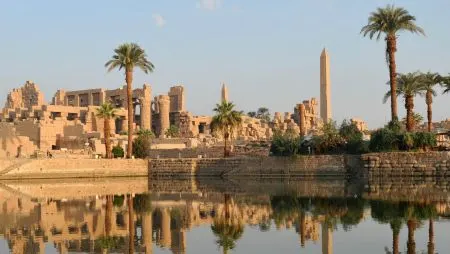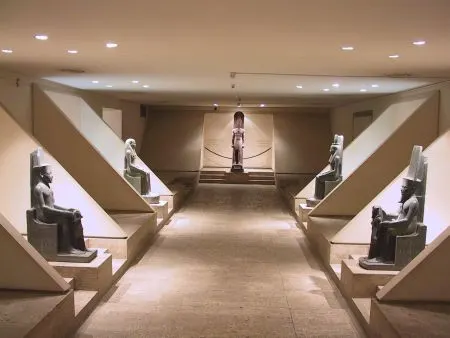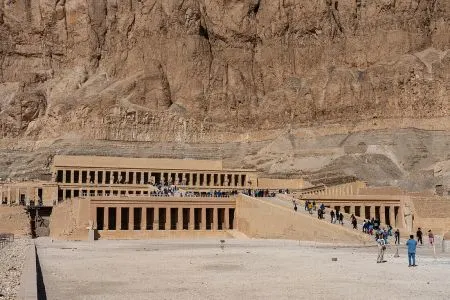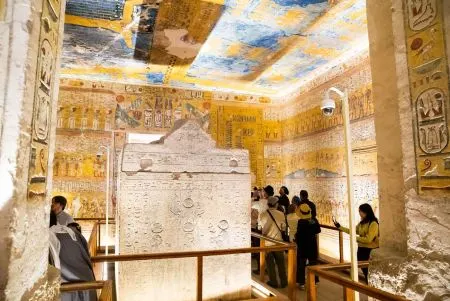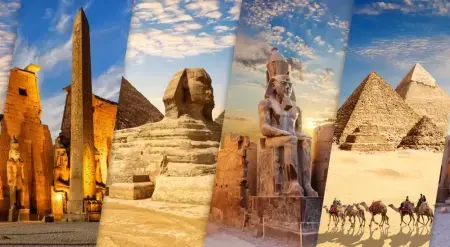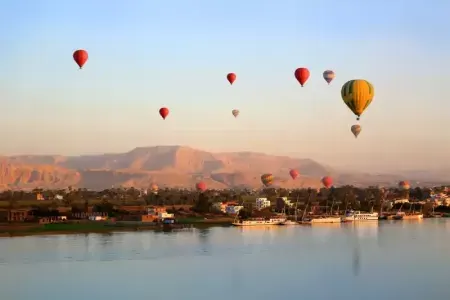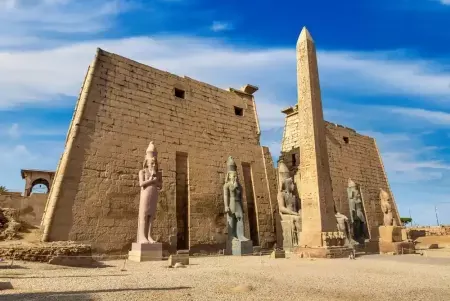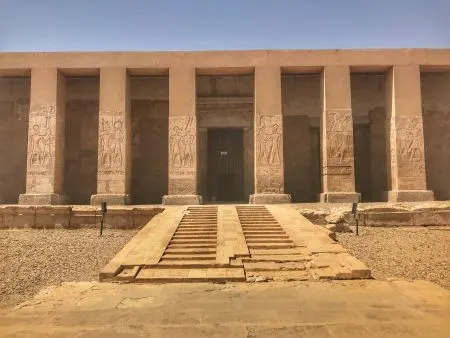Looking for a day trip in Luxor? Don't forget one of the holiest and best-preserved Egyptian temples—the majestic Temple of Seti I in Abydos. The temple, an architectural wonder, is a place of deep spiritual significance, filled with carvings, mythology, and history that go back to the 19th Dynasty.
A visit to Abydos is among the enriching cultural experiences one can do in Luxor and is definitely something that should find a place in your itinerary. It is worthy of the journey whether you join any of the Luxor day tours or plan your own.
Where Is the Temple of Seti I?
The Temple of Seti I lies in Abydos, an ancient sacred city located about 160 km north of Luxor. It may be a slight stretch from the most sought-after Luxor-the-West-Bank tours; however, this will make a worthy addition for a whole-day itinerary or a private day trip farther afield from Luxor. Most travel agencies and tour operators offer customized Luxor trips with Abydos and the adjacent Temple of Dendera.
The Story in Brief on the Temple
The Temple of Abydos, one of the most popular Luxor to Dendera and Abydos temple tours, is very likely to be included among the most sacred places in Egypt and from ancient times the site is very well preserved. A Pharaoh Seti I temple, which was finished by his son Ramses II, this temple is in honor of Osiris, the god of the afterlife. The temple walls with their reliefs, colors, and characters tell the exciting tales of kingship, divinity, and resurrection with the brightness of ancient Egypt. Making a stop at this temple is a must on your Luxor day tour or Egypt day trips, as it allows you to see and feel the spiritual and artistic legacy of ancient Egypt more closely.
Architectural Splendor and Uniqueness
The Temple of Seti I is one of the architecturally beautiful monuments erected during the New Kingdom Period. There are seven sanctuaries, which have been dedicated to the following deities: Osiris, Isis, Horus, Amun-Ra, Ra-Horakhty, Ptah, and Seti I himself.
Walls and ceilings are completely covered with intricate reliefs; many still retain their original colors. The workmanship has been described as worthy of being considered the best in all Egypt. For day-trippers in Luxor seeking quieter sites far from tourist traffic, Abydos offers a serene yet compelling atmosphere.
Why Visit Abydos During Your Luxor Trip?
It could very well enhance your trip if you decide to include Abydos on your itinerary for a day tour in Luxor, especially if you're exploring the Luxor West Bank. It's the perfect destination for lovers of ancient history, art, and mythology.
Relative to other Luxor tourist attractions, Abydos sees fewer tourists. This leaves you with more time and space to absorb the staggering presence and energy of the site unencumbered by crowds.
Tips for Visiting the Temple of Seti I
Travel Time: Approximately 2.5 to 3 hours by car from Luxor and most often visited alongside Dendera.
Best Time to Go: Early morning hours, particularly from October through April.
Bring Along: Comfortable shoes; a hat would be handy; sunscreen; some water; and your camera, for these reliefs are a delight for any photographer.
Tour Options: Most day trips in Luxor can be accommodated to include Abydos. Alternatively, private or small group excursions are also offered by knowledgeable guides.
Discover Abydos On Your Next Luxor Day Tour
One of the most spiritually significant and visually stunning temples in Egypt is the Seti I Temple at Abydos. The site is an absolute treasure for those interested in mythology, art, or Egyptian history. An omission in your list of things to do in Luxor is one to be regretted forever.
Abydos should be included on your Luxor to Dendera and Abydos temples day trip or extended as part of a nearby Luxor day tour for a deeper appreciation of ancient Egyptian culture. This is a farewell destination that will stay in your heart long after the journey ends.

